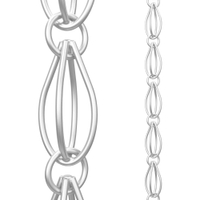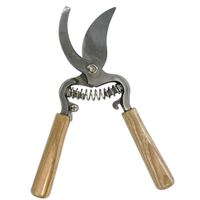Why are my hydrangeas turning brown? Plant experts share advice
If your hydrangeas are looking a little worse for wear then it could be one of these five common reasons
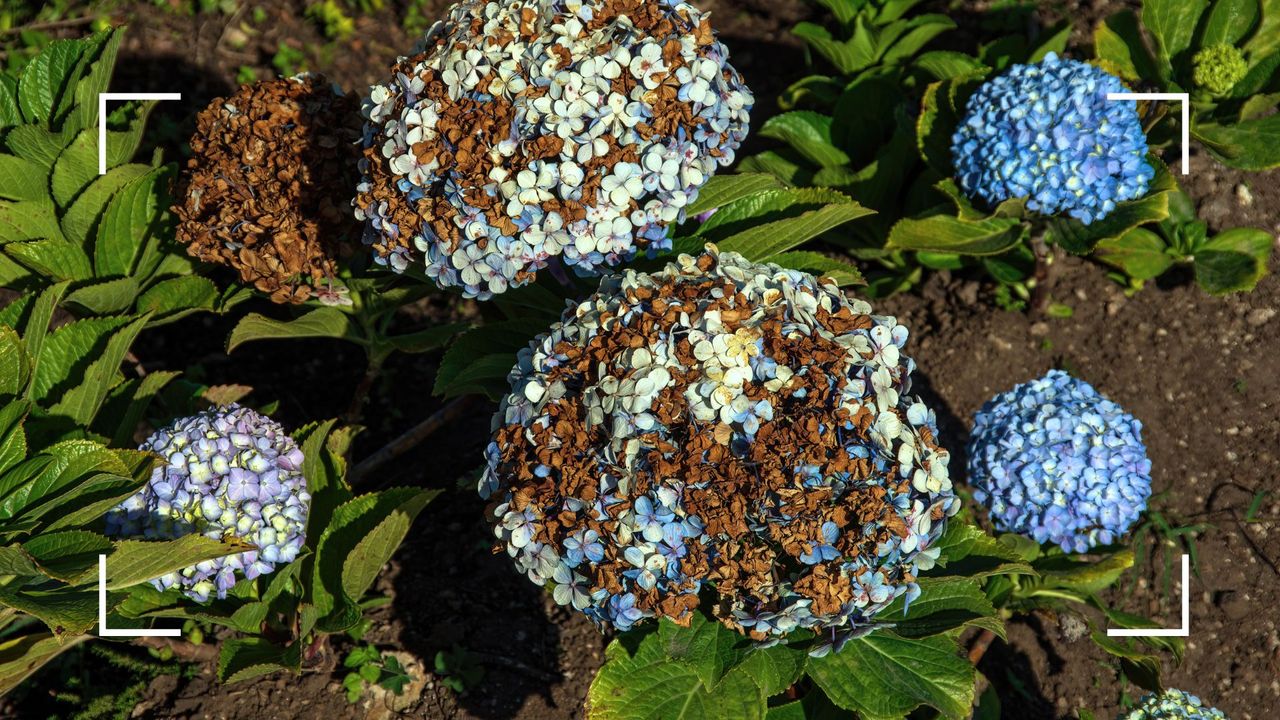

Have your hydrangeas started to wither and turn brown, leaving you to question why? We asked horticultural experts to explain the most common reasons why this stunning floral shrub might be turning brown.
Even when you're armed with the best sustainable garden ideas and gardening knowledge, your plants can suddenly show signs of distress and die. And there's nothing quite so sad than watching your favourite flower suddenly lose its colour and vigour.
So when you notice one of the best cottage garden plants losing its good health, what can you do to stop it?
Why are my hydrangea leaves turning brown?
Even though you might know how to deadhead plants properly and when to water your garden, certain plants may have started showing signs of withering. As much as this is a heartbreaking sight, it's extremely common and there are several reasons it could be happening.
Similar to why bay tree leaves turn brown, here are the most common causes...
1. Underwatering
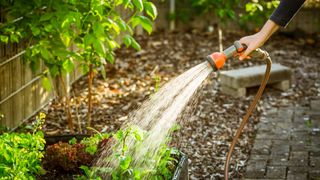
Knowing how to water garden plants properly is one of the key parts of keeping a garden happy and lush. Throughout the summer months, it becomes even more important to stick to a watering schedule and ensure all your plants are hydrated.
Graham Smith MCIhort, a gardening expert from LBS Horticulture, says, "If your hydrangeas are turning brown and look limp, this can indicate that it is being underwatered. This can be just the tips of the flower petals turning brown, or the entire flowerhead in some cases."
Sign up for the woman&home newsletter
Sign up to our free daily email for the latest royal and entertainment news, interesting opinion, expert advice on styling and beauty trends, and no-nonsense guides to the health and wellness questions you want answered.
In order to stop this happening, Graham says you need to make sure the soil of your hydrangeas is consistently moist but not waterlogged. He explains that watering at the base of the plant instead of the head can help with this.
Rain Chains Direct oval loop chain, 8.5 feet: £61 at Amazon
These rain chains are the perfect first step to hop on the rainwater harvesting trend, offering a hassle-free way to collect rainwater whilst not sacrificing your garden style. Plus they're on sale right now.
2. Overwatering
Just as underwatering can affect your hydrangeas, overwatering can also cause them to turn brown. It's similar to how overwatering can turn your peace lily tips brown or make them droop, too much hydration can be just as fatal for plants.
"While hydrangeas need regular watering, too much water can lead to root rot, which can cause the leaves and flowers to brown and wilt," says Anna Eklov, Director of LOV Flowers. "To stop this, check the soil moisture level before watering and ensure that the plant has good drainage."
3. Too much sunlight
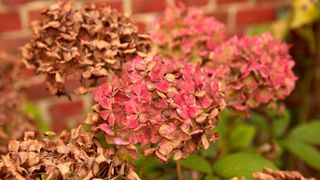
Even some of the best plants that every garden should have won't be happy with consistent sunlight. Despite the sun being one of the main sources of life for plants, too much of it can cause major health issues.
Graham says, "Hydrangeas may also turn brown as a result of heat stress if they are planted in a location where they are receiving full sun. Some varieties can cope with full sunlight, but others require partial or dappled shade."
"Check the growing conditions of the variety of hydrangea that you have, and provide it with shade during the hottest parts of the day or relocate the plant to a better-suited area. Mulching around the base of the plant can also help to retain moisture in the soil and regulate the temperature," he adds.
4. Wrong soil pH
Don't make one of the most common summer gardening mistakes and forget to test the pH of your soil before planting your hydrangea. Knowing what soil type and what pH it has is more crucial to a successful garden than you may have previously thought.
"The pH level of your soil may be the reason why your hydrangeas are beginning to turn brown. Although hydrangeas can change colour depending on the pH of the soil, if the soil is too acidic or alkaline this can cause the plant to struggle to survive," explains Graham.
To avoid this, he says you need to test the pH of the soil around your hydrangeas and then select a fertiliser that can adjust the level to what it best for the health of the plant.
To test the soil we recommend picking up a Flintronic 4-in-1 Soil Tester from Amazon to gauge accurate soil test levels for pH, soil moisture, light exposure and soil temperature.
5. Transplanting
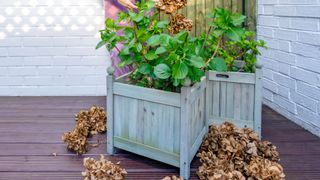
Should you have recently moved your hydrangea from one plot to another then this change can also cause it to turn brown. Moving an outdoor plant can carry more risks than how you repot a houseplant.
Graham says, "This can cause transplant shock which may make it turn brown. Hydrangeas are most vulnerable when moved during the peak of summer when the soil is dry, and brown leaves indicate that the hydrangea is not coping well with being moved."
To try and pull the plant back, Graham recommends watering and fertilising it little and often, but he says it's best to avoid moving the plant during periods of hot weather, period.
FAQs
Can you reverse browning on hydrangeas?
Unfortunately, once a leaf or flower has turned completely brown on your hydrangea plant there's not much you can do to change it. At that point, you're best to master how to prune hydrangeas.
Anna says, "Browning typically indicates that the affected tissue is dead. However, you can take steps to prevent further browning and protect the overall health of the plant. By addressing the underlying cause—such as adjusting watering practices, improving soil conditions, or treating fungal diseases—you can stop the spread of browning and promote new, healthy growth."
What should you do once your hydrangea has turned brown?
This is where the question of whether you should deadhead your hydrangeas comes in. When the flowers of the plant turn brown Graham says it's best to remove these so that the rest of the plant can focus its energy elsewhere.
Should the leaves of the plant be turning brown then only remove them if over half of the leaf is browning.
Spear & Jackson Kew Gardens Woodland Collection Bypass Secateurs: RRP: £22.99 Now £17.90 at Amazon
These secateurs are made with drop-forged carbon steel for strength and feature FSC-certified ash wood handles to make deadheading with precision easy.
Once you've dealt with your browning hydrangeas, why not plant some species that are great for pollinators? Encouraging more wildlife into your garden won't just improve your outdoor experience but your plants will also prosper for it too.

Emily joined woman&home as a staff writer after finishing her MA in Magazine Journalism from City University in 2023. After writing various health and news content, she now specialises in lifestyle, covering unique cleaning hacks, gardening how-tos, and everything to help your houseplants thrive.
-
 The diet linked to longer and better sleep, revealed by new study
The diet linked to longer and better sleep, revealed by new studyThe study looked at data from tracking apps to see what foods were more likely to lead to better sleep
By Kat Storr Published
-
 Prince George’s hilarious warning for TV star passed on by Prince William ahead of series cameo
Prince George’s hilarious warning for TV star passed on by Prince William ahead of series cameoThe Prince of Wales has passed on a cheeky message from Prince George to the star of one of his new favourite shows
By Emma Shacklock Published
-
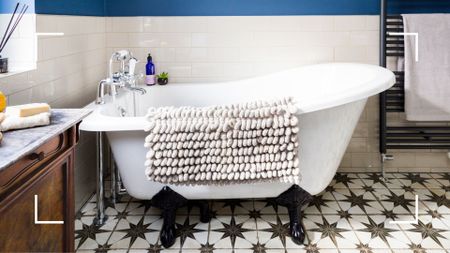 How often should you wash your bath mat? Cleaning experts share their advice
How often should you wash your bath mat? Cleaning experts share their adviceAre you cleaning your bath mat frequently enough? You might be surprised by the recommended regularity
By Emily Smith Published
-
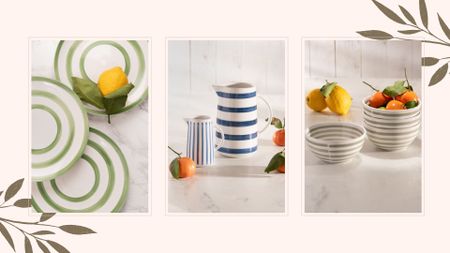 Mary Berry’s new Mediterranean-inspired kitchenware is a masterclass in timeless tablescaping
Mary Berry’s new Mediterranean-inspired kitchenware is a masterclass in timeless tablescapingWhat better way to celebrate Mary Berry's 90th birthday than serving her new tableware collection
By Emily Smith Published
-
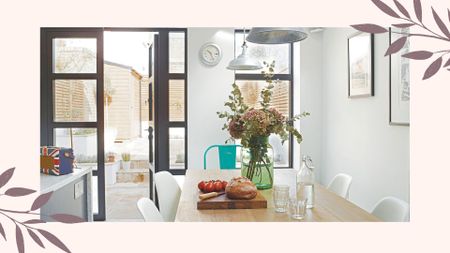 Kelly Hoppen shares her interior expertise to refresh homes accordingly now it's spring
Kelly Hoppen shares her interior expertise to refresh homes accordingly now it's springIt is time to say goodbye to the winter blankets and welcome the new season into your home
By Emily Smith Published
-
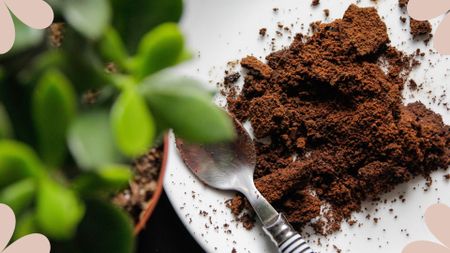 Are coffee grounds good for houseplants? Here's what horticulture experts say
Are coffee grounds good for houseplants? Here's what horticulture experts sayCould your morning caffeinated pick-me-up be as beneficial to your beloved indoor plants as it is in the garden?
By Emily Smith Published
-
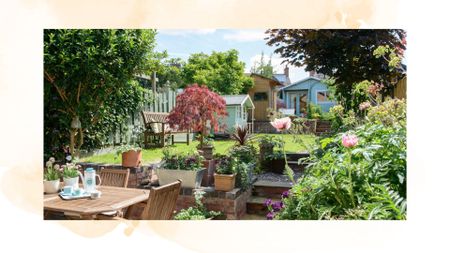 5 simple ways to reduce gardening costs this spring without sacrificing results
5 simple ways to reduce gardening costs this spring without sacrificing resultsLooking to cut costs this year? It's time to start making budget-friendly swaps in your garden, from solar power to home composting
By Emily Smith Published
-
 The best flowering houseplants to welcome a pop of uplifting colour
The best flowering houseplants to welcome a pop of uplifting colourLooking for houseplants with a little more colour? These flowering species are your solution and come in every colour you could want
By Emily Smith Published
-
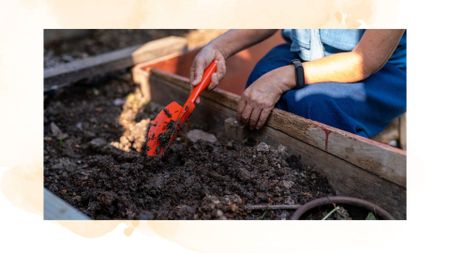 The common composting mistakes you need to avoid if you want to achieve a nutrient-rich heap
The common composting mistakes you need to avoid if you want to achieve a nutrient-rich heapIt turns out composting is not as straightforward as it seems, here are the mistakes you could be making with yours
By Emily Smith Published
-
 8 creative ways to decorate walls without paint: interior designer's budget-friendly tips to refresh rooms this spring
8 creative ways to decorate walls without paint: interior designer's budget-friendly tips to refresh rooms this springThese insider styling tricks will give your walls a new lease of life, at minimal effort and cost
By Katie Sims Published
